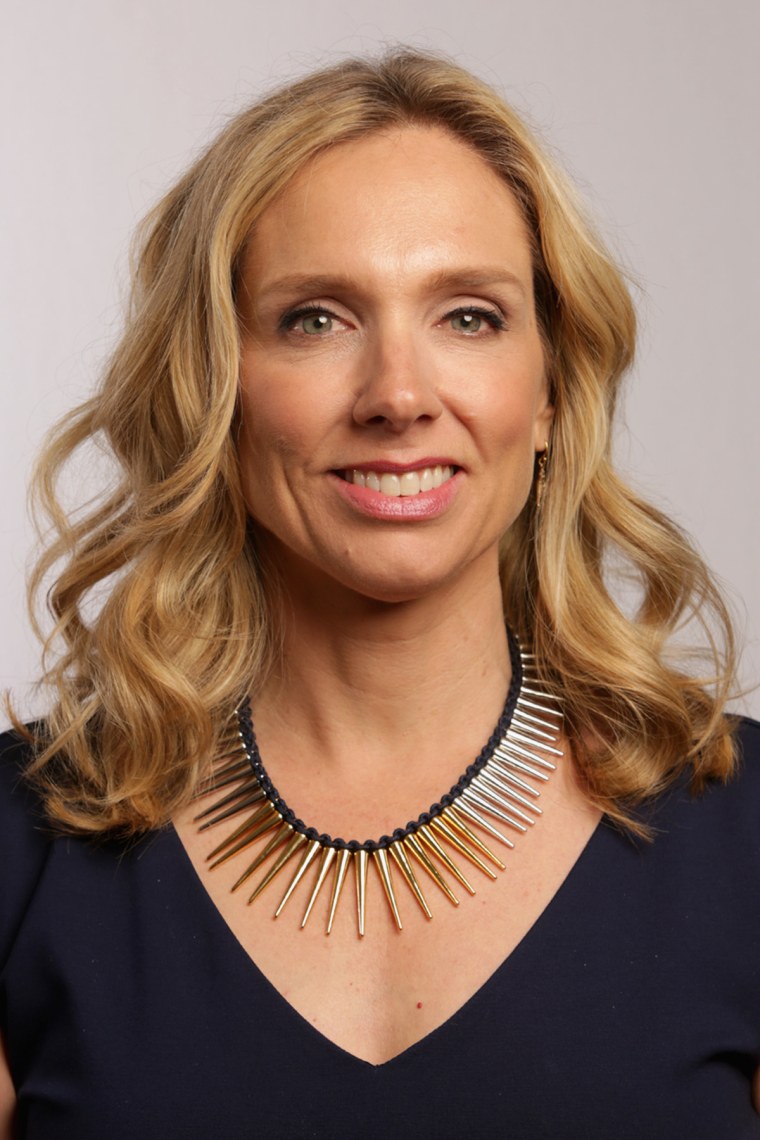Despite all the progress women have made in the workplace, they are still struggling to climb the corporate ladder as quickly as men.
New data from LinkedIn shows that women hold just 32 percent of leadership positions worldwide. In addition, the share of women in leadership positions has only increased 1 percent since 2016.
The research also revealed that women continue to be underrepresented in leadership positions, even in industries where female representation is comparatively high. For example, women make up two-thirds of entry-level healthcare workers and nearly three-quarters of education employees. Yet, less than 50 percent of women hold C-suite positions in those same industries.
Catherine Fisher, a career expert at LinkedIn explained, “This is due to a lot of factors. [One being] women still take on a disproportionate level of caretaking responsibilities and there are still lingering biases that continue to hold women back from reaching their full potential.”
So how do we start to close the gender leadership gap?
According to Fisher, women can continue focusing on “skill-building, learning to showcase those skills and how they've demonstrated them, and to continue to invest in growing their networks.”
Stephanie Ruhle, an NBC News senior business analyst and host of “The 11th Hour with Stephanie Ruhle” also shared her top tips for women looking to rise in the leadership ranks.

“There are all sorts of barriers. Don’t focus on the negatives, push into the positives,” said Ruhle. “Authenticity is key. It’s not sustainable to be anything but yourself. And it is a goal to be the best version of yourself. Be excellent at your job, and build your relationships.”
The LinkedIn data also showed that often women feel less confident than men in pushing for a promotion, new opportunity or a pay raise. That’s why, according to Fisher, women should get more comfortable articulating their worth. “Keep track of your specific successes and impact within your organization so you can make a strong case for yourself when you do go in to ask [for a raise or promotion],” she said.
In addition to women taking on the bulk of caregiving responsibilities – on top of their professional work – it’s also more common for women to take career breaks in comparison to men. According to a LinkedIn survey from last year, 64 percent of women have taken a career break, and many of those women worry about the perceived stigma attached to returning to the workforce.

But Ruhle said it’s possible to reframe your time away as a career advantage.
“Leadership skills come in all different places. They come from motherhood, caring for an elder, managing a home, working in the nonprofit world, volunteering,” said Ruhle. “[Even if] you haven’t been part of the paid workforce for [many] years, you have been a manager and you have been a leader. Think outside of the box and don’t feel intimidated …”
Fisher noted the LinkedIn data showed women are making some progress. For example, female leadership hires are on the rise, increasing from 37 percent in 2015 to 41 percent in 2022.
“The good news is [although] things are far from perfect, they are better than they’ve ever been,” said Ruhle.
Both Ruhle and Fisher also stressed the importance of women supporting and celebrating each other’s successes in the workplace.
Ruhle started her career in investment banking and often found herself the only woman in the room. She explained, “While I wish I had a lot more female colleagues at the time, there were so few women that I could stand out. And once I did, I could use that power to bring more women along. And I made a huge commitment to [helping other women find success] throughout my whole career.”
And Fisher in a LinkedIn post said, “a win for other women in the workplace is a win for women across the board.”
